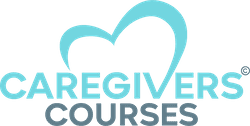A caregiver daily checklist is a tool used by home care providers to identify, track, and report on the many services that a caregiver must provide to a single client. A daily checklist, as the name implies, covers caregiver activities that must be accomplished daily. Such responsibilities cater to each patient’s unique requirements to ensure continued quality treatment of any health condition.
A caregiver duty caregiver daily checklist should be prepared for each patient. This should be done regardless of their age and medical condition. You need to take note of their physical and emotional needs. To ensure consistency, make sure to have a separate checklist for their morning, noon, and evening schedules.
Why is a checklist important for caregivers?
Caregiver daily checklists are vital for caregivers. This is because these cover all care recipient needs consistently and effectively. These comprise physical, psychological, and emotional care responsibilities that caregivers must accomplish regularly.
A caregiver daily checklist template also helps to bridge the gap between professional and family caregivers. It is typical for professionals and family members to share patient care, especially for high-needs patients. A dependable caregiver checklist provides consistency of care every day, regardless of the type of caregiver at the patient’s house.
Daily checklists are extremely beneficial when handling patients who move between care locations. A daily checklist can help to integrate patient care in settings ranging from skilled nursing homes to hospital outpatient clinics to home health care. Furthermore, the availability of a daily checklist might reduce the amount of communication required to create regular care routines.
Factors to consider while creating a caregiver checklist
Maintaining a daily checklist is essential whether you are working in a homecare organization or for an individual client. As each client is unique, you need to develop a custom checklist by considering the vital components. Study the patient’s current condition and their treatment plan before jumping into anything. Understand their exact mental, physical, and medical needs to match their daily requirements. Check if the patient is handicapped or aged and may require specialist care.

Individual client needs also dictate the level of care a patient needs. Do they require medical attention? Is home exercise enough? Do they require assistance with running errands? As a caregiver, you need to note the patient’s concerns and preferences while creating a checklist.
Don’t forget to include crucial personal information concerning the patient. You can also include phone numbers of family and friends, emergency contacts, health insurance policy details, a list of medical providers, social security numbers, personal identity documents, and payment information.
Things to include in the caregiver checklist
When you have a lot of checklist components in mind, it is best to analyze each component and check if it fits the individual needs of the patient. Because patient demands and treatment focus differ from patient to patient. Consider including the following list of the most typical caregiver responsibilities in your caregiver template. Make sure to take a print of the elderly caregiver daily checklist you prepare while referring to the factors mentioned below.
Personal Care
The topmost priority for any caregiver is to focus on the diverse personal care needs of the patients. Without proper care, the health condition of a patient can deteriorate continuously. Not maintaining personal hygiene can further result in health issues.
A caregiver is responsible for
- Taking care of the personal hygiene needs of a patient such as showers, sponge baths, skin care, oral hygiene, and oral care
- Toileting requirements, such as urine drainage, colostomy bag maintenance, or maintaining catheter
- Offering assistance with using the restroom
- Assisting with day-to-day preparations such as clothing selection and dressing, makeup application, and personal maintenance such as shaving or hairstyle.
Monitoring health and medication management
A caregiver’s main responsibility is to take care of the patient’s health. As a caregiver works frequently with patients who have health complications, they need to monitor medications too to ensure patient safety. So it is always recommended every caregiver have the right caregiving courses and certification with adequate knowledge.
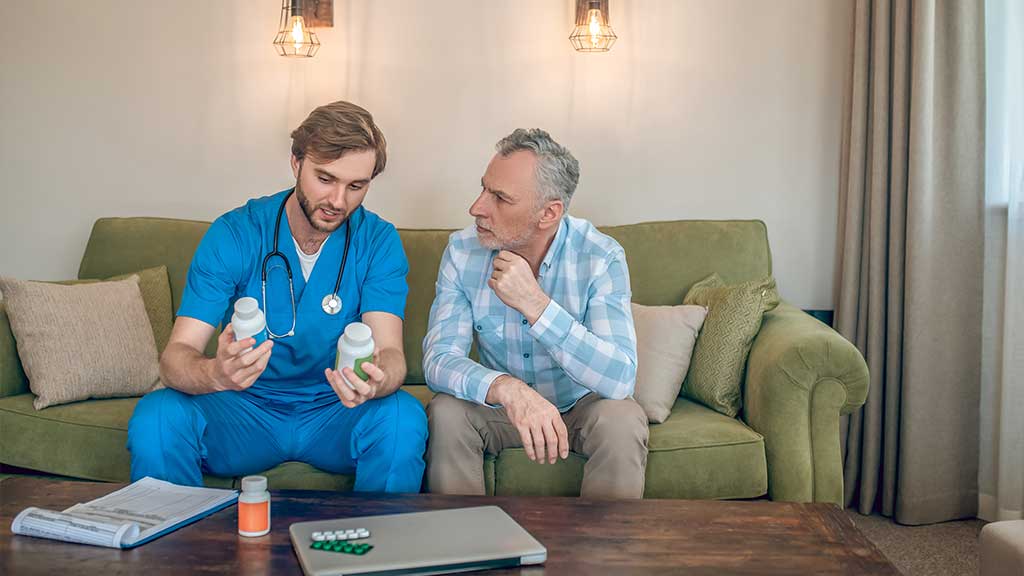
When going over your caregiver’s daily checklist, keep the following things in mind:
- Monitor basic vitals like blood sugar, blood pressure, breathing rate, and body temperature
- Administering medicines by noting the dosage, daily frequency, and the administration timings
- Mobility requirements such as walking, physiotherapy exercises and other physical activities
Ensuring proper nutrition
A caregiver is also responsible for ensuring the nutritional requirements of a patient along with monitoring health and managing medications. In a few patients, it is essential to monitor patient vitals including blood sugar. If the diet is not balanced and health management is neglected, then blood sugar can swiftly drop. Poor dietary planning and management can result in potent dangerous health issues, especially in patients with pre-existing medical disorders.
A caregiver can consider the following dietary tasks
- Preparing meals including breakfast, lunch, and dinner
- Providing feeding aid, including hand-eye coordination
- Ensuring proper fluid intake
- Organizing fridge and going grocery shopping
Appointments and errands
Many clients opt for home caregiving services so that they can navigate easily through their daily errands and appointments. Several elderly and disabled patients can no longer travel in local areas using public or personal transportation. This is the reason why caregivers need to be accountable for assisting clients in performing their duties safely and enjoyably.
Consider the following chores when creating a caregiver daily checklist to ensure that all client appointments and basic errands are met:
- Scheduling and organizing medical appointments.
- Assisting with paying bills, coordinating with healthcare professionals
- Offering assistance with grocery shopping
- Arranging transportation whenever required
Housekeeping
Everyday home duties, such as personal transportation, may become difficult for a patient at some point in their lives. Patients looking for caregiving services can also request assistance with housekeeping needs for their overall well-being.
A caregiver’s daily checklist may include several housekeeping needs based on the location and size of a patient’s home.
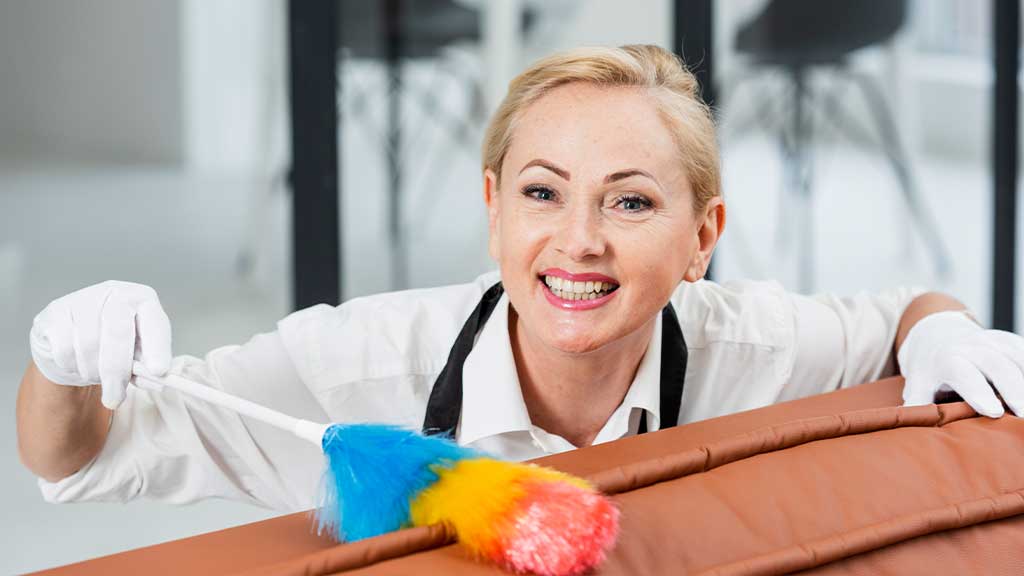
- Keep linen clean and do laundry
- Taking out trash
- Sanitizing the bathroom and cleaning up any bodily fluids on household surfaces
- Mail retrieval
Companionship
Aside from responsibilities, sometimes the primary reason why a family member of a patient or a client seeks caregiving services is for companionship. It is vital to maintain an active social life regardless of their age. This is because it improves the overall quality of life of an individual. A caregiver can help a patient remain active while boosting their health and overall happiness. You can consider downloading a free printable caregiver daily checklist elderly from the web to better manage your caregiving services.
Caregiving services require considering patient preferences and organizing companionship activities. However, the services are not limited to
- Going for a walk to get some fresh air
- Offering reading assistance
- Assisting in becoming more social such as going out to eat in their favorite restaurant
- Assisting in attending community events such as art and physical activity programs
- Assisting with transportation
Social and outside activities
If you are assisting seniors then this is a must. It is better to maintain a senior caregiver daily checklist template to keep a tab on the social activities you need to focus on.
- Encourage and assist in meeting with friends
- Schedule family visits
- Assist in joining a club or enrolling in a senior’s program
- Accompany activities
- Assist with driving trips to nearby towns or the countryside
FAQs
1. What is a caregiver’s daily checklist?
A caregiver daily checklist is a document that includes all of the services that should be provided to a person who needs daily monitored care due to age, disability, or disease.
This checklist comprises a list of physical, psychological, and emotional aid chores that a caregiver should perform to ensure that the patient’s requirements are satisfied daily.
2. Where is a caregiver daily checklist commonly used?
These are commonly used in nursing homes, home health care, adult daycare centers, hospitals, assisted living facilities, and hospice and palliative care.
3. How to care for the elderly?
This checklist focuses on providing care and assistance to the elderly. It often involves responsibilities such as medication management, mobility help, and emotional well-being support. You can download a printable caregiver daily checklist elderly which covers everything from health monitoring, personal care, medication management, meal planning, emotional support, and specialized care.
4. Can I download a checklist template for caregivers from the web?
Yes. There are plenty of free printable caregiver daily checklist templates available over the web. You can customize them to suit your patient’s needs and lifestyle.
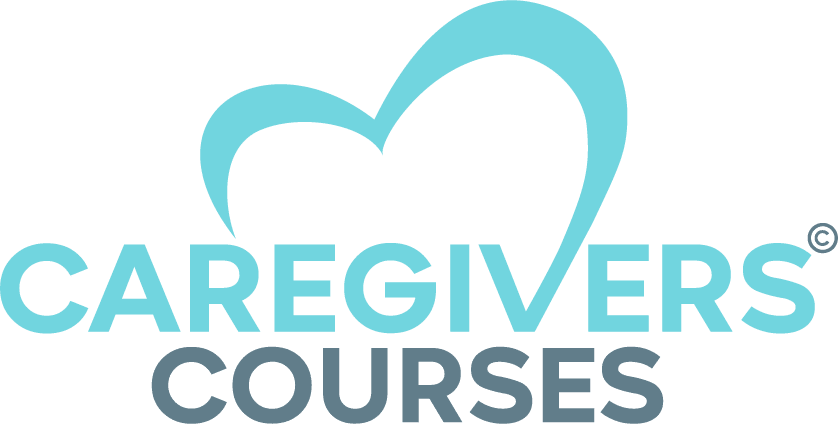
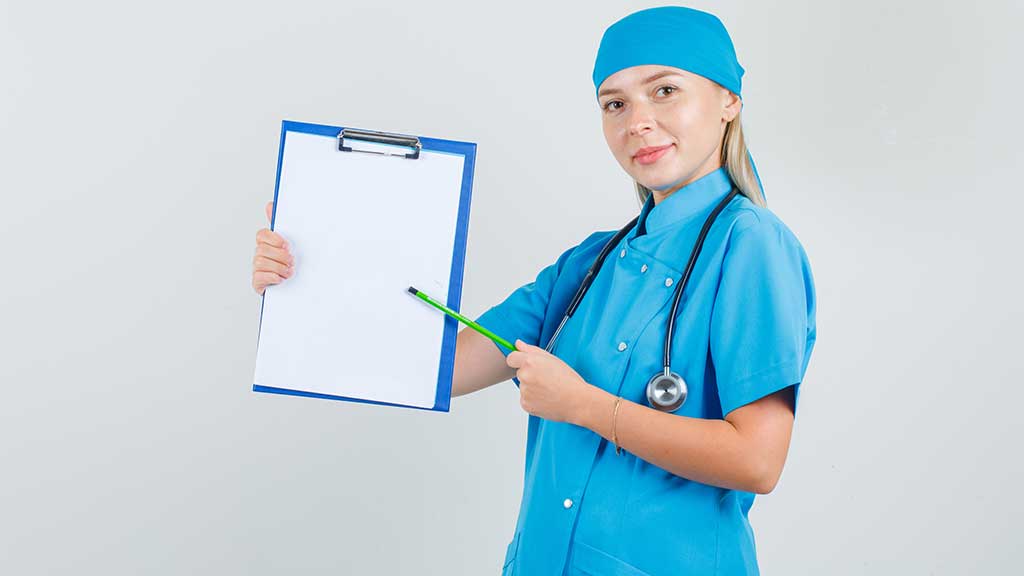
![Self-Care for Caregivers [Tips from Experts]](https://caregivercourses.net/wp-content/uploads/2024/07/Self-Care-for-Caregivers-Tips-from-Experts-300x169.jpg)


